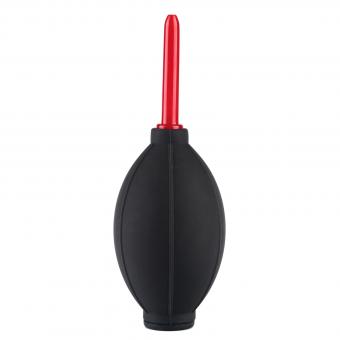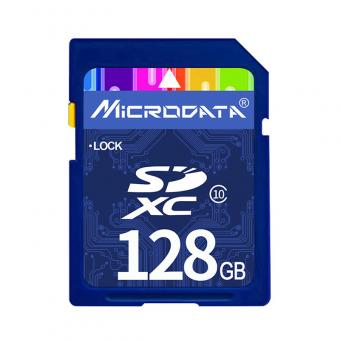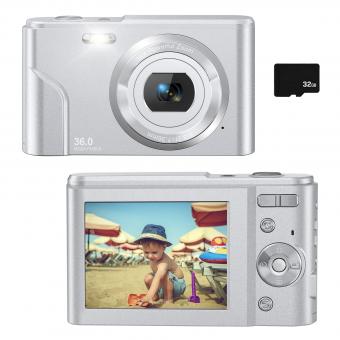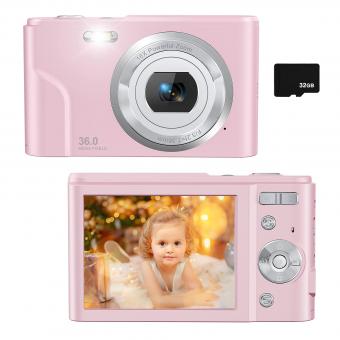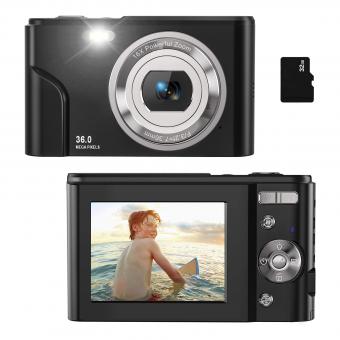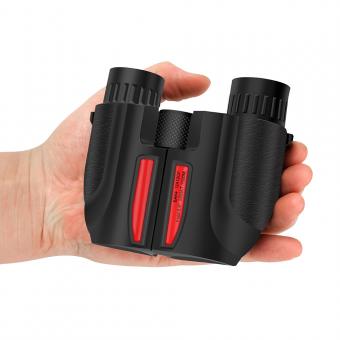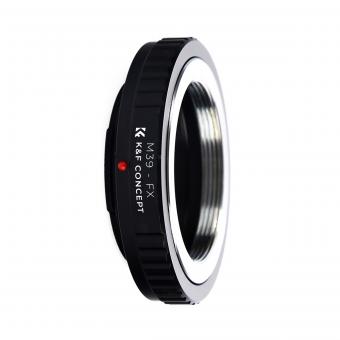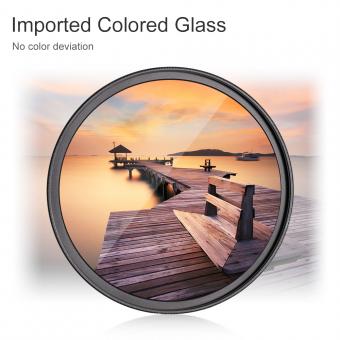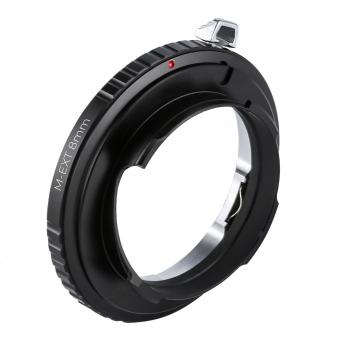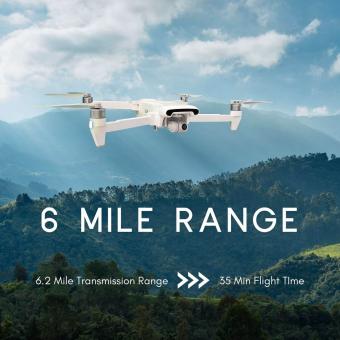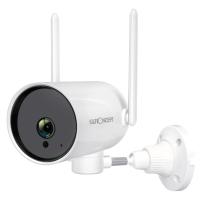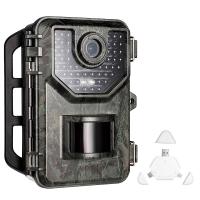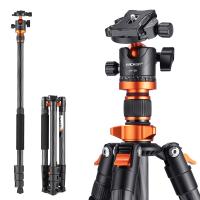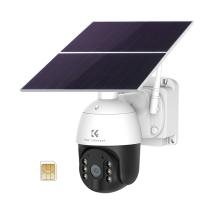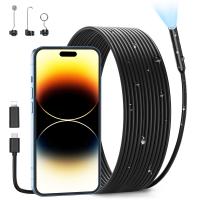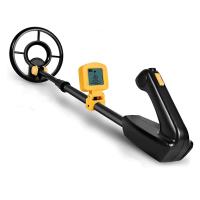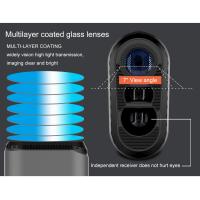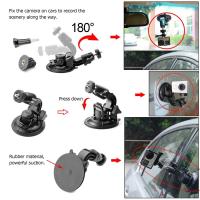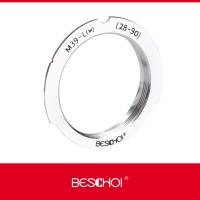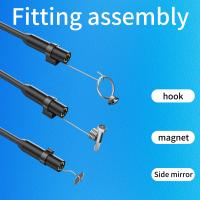Are Non Digital Camera's Worth Money ?
Non-digital cameras can be worth money, depending on various factors such as brand, model, condition, and rarity. Some vintage or collectible film cameras, especially those from renowned manufacturers or with unique features, can hold significant value among photography enthusiasts and collectors. Additionally, certain types of cameras, like medium format or large format cameras, may have a niche market and can be sought after by professionals or artists. However, it is important to note that the value of non-digital cameras has generally decreased with the rise of digital photography. Ultimately, the worth of a non-digital camera will depend on its specific characteristics and the demand within the market.
1、 Vintage film cameras: Collectible value and nostalgia appeal.
Vintage film cameras can indeed be worth money due to their collectible value and nostalgia appeal. While digital cameras have become the norm in today's technology-driven world, there is still a significant market for film cameras among photography enthusiasts, collectors, and those who appreciate the unique qualities of film photography.
Film cameras from renowned brands such as Leica, Nikon, Canon, and Hasselblad, among others, are particularly sought after by collectors. These cameras often have a rich history and are associated with iconic images captured by famous photographers. The scarcity of certain models and their limited production runs can also drive up their value.
Moreover, film cameras offer a distinct aesthetic that many photographers and artists find appealing. The process of shooting on film, with its grain, color rendition, and dynamic range, can produce results that are difficult to replicate with digital technology. This nostalgic appeal attracts both seasoned photographers and younger generations who are curious about the medium.
In recent years, there has been a resurgence of interest in film photography, with more people exploring its unique qualities and experimenting with different film stocks. This renewed interest has contributed to the growing demand for vintage film cameras, further driving up their value.
However, it is important to note that not all non-digital cameras are worth a significant amount of money. The value of a vintage film camera depends on various factors, including its condition, rarity, brand reputation, and historical significance. Additionally, the market for film cameras can fluctuate, so it is essential to research and consult experts or reputable sources to determine the current value of a specific camera model.
Overall, vintage film cameras can hold both monetary and sentimental value, making them sought-after collectibles for photography enthusiasts and collectors alike.

2、 Medium format cameras: High-quality images and professional use.
Medium format cameras: High-quality images and professional use.
Medium format cameras have long been known for their ability to produce high-quality images and are highly valued in the professional photography world. These cameras use larger film formats, typically 120 or 220 film, which allows for greater detail, dynamic range, and overall image quality compared to smaller film or digital formats.
One of the main advantages of medium format cameras is their ability to capture more detail and produce sharper images. The larger film size allows for more information to be recorded, resulting in images with greater clarity and resolution. This makes medium format cameras particularly well-suited for commercial and fine art photography, where image quality is of utmost importance.
In addition to image quality, medium format cameras also offer a range of other features that make them attractive to professional photographers. These cameras often have interchangeable lenses, allowing for greater versatility and creative control. They also typically have more advanced controls and settings, giving photographers more options to fine-tune their images.
While digital cameras have become increasingly popular and offer many advantages, medium format film cameras still hold their value in the photography market. Film photography has seen a resurgence in recent years, with many photographers appreciating the unique aesthetic and process of shooting with film. This has led to a demand for medium format cameras, both from professional photographers and enthusiasts.
In conclusion, medium format cameras are worth money due to their ability to produce high-quality images and their professional use. Despite the rise of digital photography, medium format film cameras continue to hold their value and are sought after by photographers who appreciate the unique qualities and aesthetic of film.

3、 Polaroid cameras: Unique instant film experience and artistic appeal.
Polaroid cameras: Unique instant film experience and artistic appeal.
In today's digital age, where smartphones and digital cameras dominate the photography scene, it's easy to overlook the value of non-digital cameras. However, when it comes to Polaroid cameras, they hold a unique place in the hearts of many photography enthusiasts and collectors.
Polaroid cameras offer a one-of-a-kind instant film experience that cannot be replicated by digital technology. The ability to capture a moment and have a physical print in your hands within seconds is a nostalgic and magical experience. This instant gratification is something that digital cameras simply cannot provide.
Furthermore, Polaroid cameras have a distinct artistic appeal. The vintage look and feel of Polaroid prints have a certain charm that digital filters and editing software try to emulate. The imperfections, such as light leaks and unpredictable color shifts, add character and uniqueness to each photograph. This artistic appeal has led to a resurgence in popularity among photographers and artists who appreciate the tangible and authentic nature of Polaroid photography.
In recent years, there has been a growing demand for Polaroid cameras and film. This increased interest has resulted in a rise in the value of vintage Polaroid cameras. Collectors and enthusiasts are willing to pay a premium for well-preserved models, especially those from iconic Polaroid series like the SX-70 or the Land Camera.
Additionally, the limited availability of Polaroid film adds to the allure and value of these cameras. While Polaroid Originals (formerly known as The Impossible Project) has successfully revived instant film production, the scarcity of film options compared to the vast array of digital options further enhances the desirability of Polaroid cameras.
In conclusion, while digital cameras have undoubtedly revolutionized the world of photography, Polaroid cameras continue to hold their worth due to their unique instant film experience and artistic appeal. Whether you are a collector, an artist, or simply someone who appreciates the nostalgia and charm of instant photography, Polaroid cameras can be a valuable and rewarding investment.
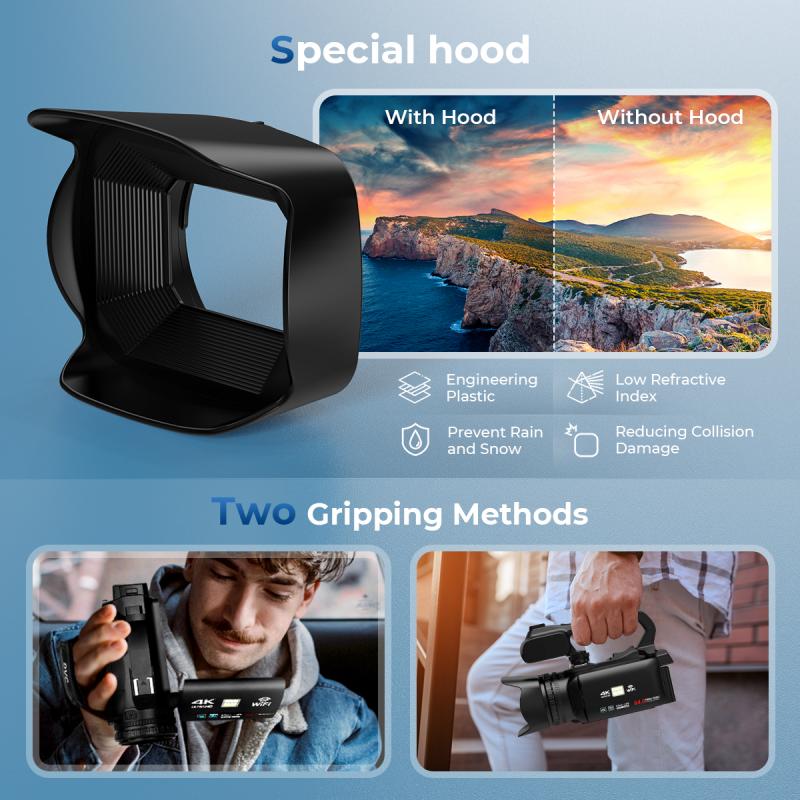
4、 Large format cameras: Precision and detail for specialized photography.
Large format cameras: Precision and detail for specialized photography.
Large format cameras, also known as non-digital cameras, have a long-standing history in the world of photography. These cameras use large film formats, typically 4x5 inches or larger, to capture images with exceptional precision and detail. While digital cameras have become the norm in recent years, large format cameras still hold value for photographers who require the utmost quality and control in their work.
One of the main advantages of large format cameras is their ability to produce incredibly high-resolution images. The large film size allows for a greater amount of detail to be captured, resulting in images that can be enlarged without losing clarity. This makes large format cameras particularly valuable for photographers who specialize in landscape, architectural, or fine art photography, where every minute detail matters.
Another advantage of large format cameras is the level of control they offer. These cameras typically have extensive movements, such as tilt, shift, and swing, which allow photographers to manipulate perspective and depth of field with precision. This level of control is especially important for architectural and product photographers who need to ensure straight lines and sharp focus.
While digital cameras have made significant advancements in recent years, large format cameras still have their place in the photography world. They offer a unique and irreplaceable aesthetic that cannot be replicated by digital technology. The process of shooting with large format cameras, including setting up the tripod, composing the image on a ground glass, and manually focusing, forces photographers to slow down and be more deliberate in their approach. This can lead to a more thoughtful and intentional style of photography.
In terms of value, large format cameras can be quite expensive. The cost of the camera itself, as well as the film and processing, can add up quickly. However, for photographers who require the precision and detail that large format cameras offer, the investment can be well worth it.
In conclusion, large format cameras are still worth money for photographers who require the utmost precision and detail in their work. While digital cameras have become more popular, large format cameras offer a unique aesthetic and level of control that cannot be replicated. The investment in a large format camera may be higher, but for specialized photography such as landscape, architectural, or fine art, the results can be truly exceptional.





